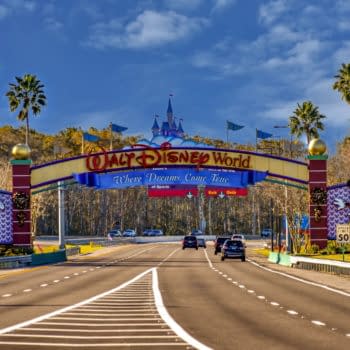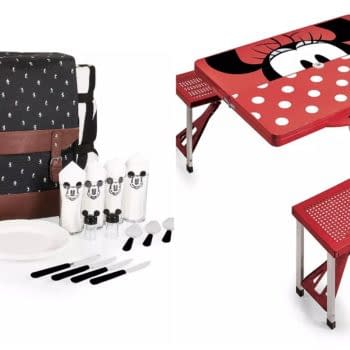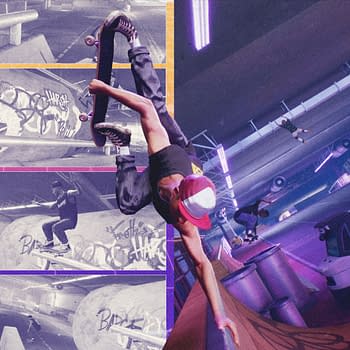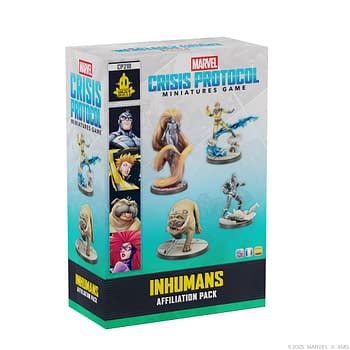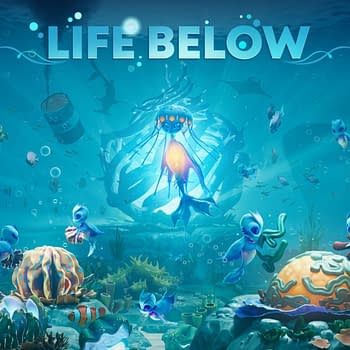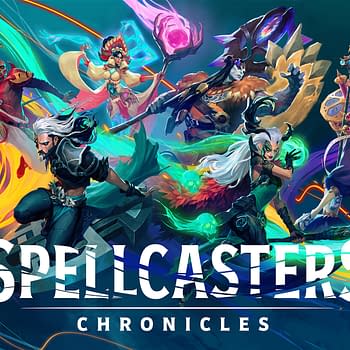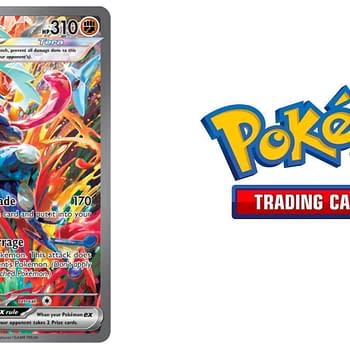Posted in: Games, Nintendo, Recent Updates, Video Games | Tagged: console wars, F Zero, Larry Barr, Masayuki Uemura, nintendo, Sega Genesis, Super Famicom, Super Nintendo, video games, vintage consoles, vintage video games
Lauren Looks Back: The Super Nintendo
1991 was a magical year. Batman Returns was in theaters, cartoons were still good and whatever the hell else was going on in 1991. I don't really remember, I was only 6. But in 1991, Nintendo gave the world one of the greatest systems ever; The Super Nintendo.
In Japan popularity for the original Famicom (Nintendo) had fallen due to the P.C. Engine gaining popularity, so in November of 1990, after being in development for two years, Nintendo released the Super Famicom, which was a hit overnight. The console sold out within hours. The console is centered around a 3.58 MHz Rico CPU, which Rico had made for the Super Famicom. While the chip wasn't as fast as what was in the Sega Genesis, designer Masayuki Uemura created the console for visual and audio performance. Uemura was smart in his design for the Super 
The Super Famicom was redesigned for the American market by Lance Barr, and released in September of 1991. The console was a hit, despite being slightly more expensive than the Genesis which had been out for some time. But that clearly didn't stop people from picking it up. The first games to be available for both the Japanese and American release were Super Mario World and F Zero, but in America we also had Pilotwings, SimCity, and Gradius III were also launch titles.
The launch of the Super Nintendo in America also heightened the console wars of the 1990's. The rivalry between Sega and Nintendo was fascinating and real, with Sega boasting that they had games for mature audiences. The slogan "Genesis Can What Nintendon't" was catchy and somewhat true. But then Nintendo released Street Fighter II for their home console, leveling the playing field. It's hard to say who won the war at the time. In the long run Nintendo obviously won (and they even absorbed many Sega games), but at the time they were excellent rivals.
The Super Nintendo is one of the greatest consoles ever. By the time Nintendo was getting ready to release the Nintendo 64, the SNES had sold over 20 million units in the US. It's still to this day one of the most popular vintage consoles, as people are still making fan made games/roms for the console. While I personally prefer the Super Famicom (I like their game selection more), I still enjoy the shit out of my SNES.






